We put the Honor Magic6 Pro through our rigorous DXOMARK Camera test suite to measure its performance in photo, video, and zoom quality from an end-user perspective. This article breaks down how the device fared in a variety of tests and several common use cases and is intended to highlight the most important results of our testing with an extract of the captured data.
Overview
Key camera specifications:
- Primary: 50MP 1/1.28″ sensor, 24mm equivalent, automatic variable aperture f/1.4-f/2.0, AF, OIS
- Ultra-wide: 50MP 1/2.88″ sensor, 13mm equivalent f/2.0-aperture lens, AF
- Tele: 180MP 1/1.4″ sensor, 68mm equivalent f/2.6-aperture lens, AF, OIS
Scoring
Sub-scores and attributes included in the calculations of the global score.
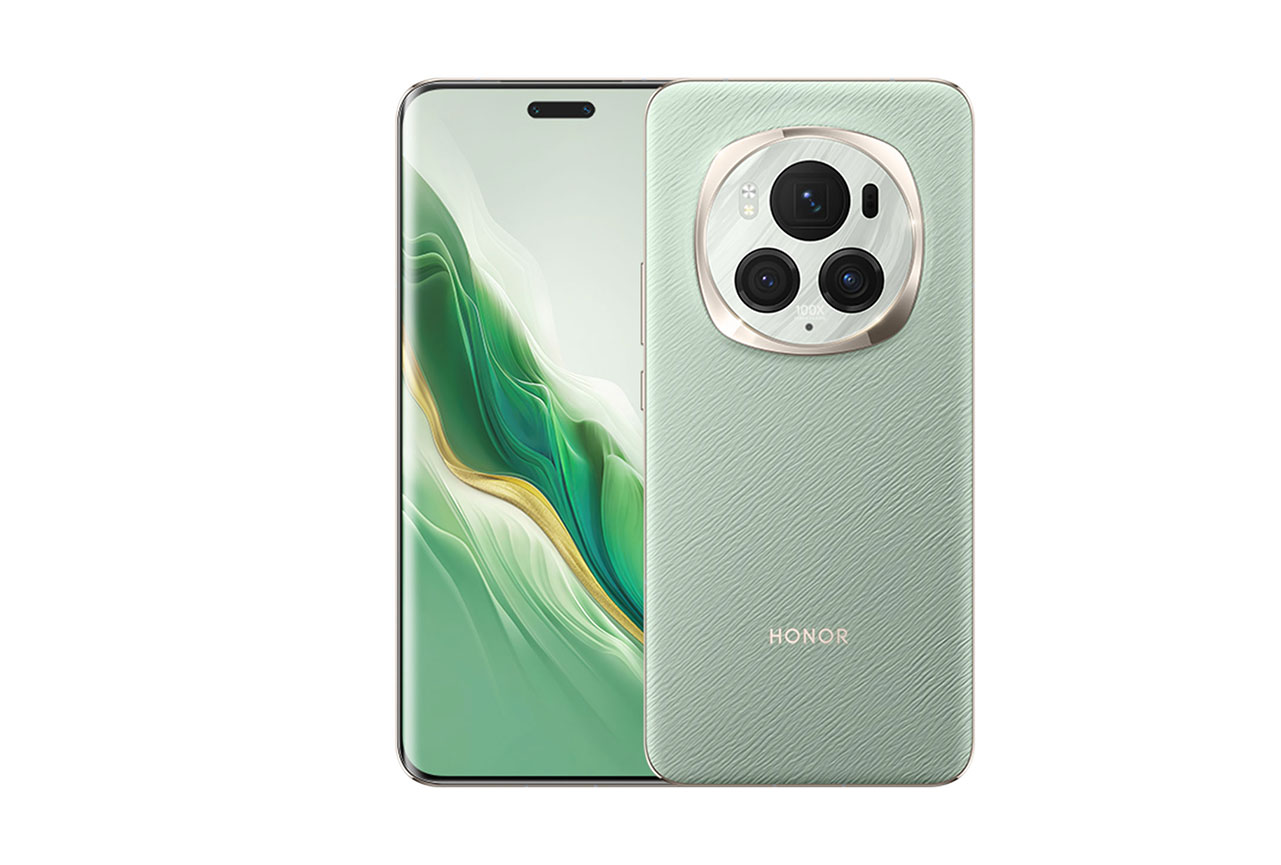
Honor Magic6 Pro


Use cases & Conditions
Use case scores indicate the product performance in specific situations. They are not included in the overall score calculations.
Outdoor
Photos & videos shot in bright light conditions (≥1000 lux)
Indoor
Photos & videos shot in good lighting conditions (≥100lux)
Lowlight
Photos & videos shot in low lighting conditions (<100 lux)
Friends & Family
Portrait and group photo & videos
Pros
- Vivid and natural colors in both photo and video
- Good detail at most zoom settings
- Fast and accurate autofocus in photo
- Nice portrait rendering with good subject segmentation in bokeh mode
- Wide depth of field in scenes with subjects in multiple planes
- Wide dynamic range and accurate face exposure in photo and video
Cons
- Unnatural detail rendering in photo, zoom and video
- Sharpness differences between video frames when walking while recording
- Some artifacts when capturing high-contrast scenes
- Motion blur on portraits in very low light
The Honor Magic6 Pro delivered an outstanding performance in the DXOMARK Camera tests, earning itself the top spot in our ranking, ahead of heavyweight devices, such as the Huawei Mate 60 Pro+, Oppo Find X7 Ultra or Apple iPhone 15 Pro Max. It achieved excellent results across pretty much all test areas, without showing real weaknesses, and is also a noticeable improvement over its predecessor Magic5 Pro.
For photo, the Magic6 Pro achieved a joint top score with the Huawei Mate 60 Pro+, thanks to nice colors as well as an excellent dynamic range and good face contrast, even in difficult backlit scenes. In addition, the autofocus system was a major plus point, operating accurately and quickly in all conditions. Honor followed some other manufacturers in installing a variable aperture on the Magic6 Pro, but the f/1.4-2.0 aperture range is not quite as wide as on the Huawei Mate 60 Pro+ and Xiaomi 14 Ultra, which both offer a f/1.4-4.0 range. Still, as a result, the Honor provided a noticeably wider depth of field in group shots than devices without this feature, for example, the Oppo Find X7 Ultra (112). Image noise was well under control as well, but the Magic6 Pro still lagged slightly behind the best in terms of detail, mainly because of unnatural texture rendering on faces.
When zooming in or out from the primary camera, the Honor Magic6 Pro did an outstanding job, earning itself the best score to date for zoom. Performance was particularly good for the ultra-wide camera and video zoom. The 13mm equivalent ultra-wide matched the top-score of the Huawei Mate 60 Pro+ in the wide category, with very good exposure and color. At the tele end of the zoom range, the Honor did not quite match the very best, but the 68mm equivalent tele module with its massive 180MP pixel count captured good detail, even at long range. Thanks to the occasional use of image fusion, results were good between 27mm and 68mm equivalent as well, but our testers noticed unnatural rendering of detail in some scenes.
Video results in the default HDR mode were very good, especially in terms of color rendering, which produced natural and pleasant color across all test conditions. However, the Honor still lagged slightly behind the class-leading video device iPhone 15 Pro Max, due to lower scores for exposure, stabilization and autofocus.
Color was a major plus point for the Honor when recording video. Color and white balance rendering were very natural and color transitions in changing light conditions were smooth and quick, which is particularly impressive when considering that the Magic6 Pro is the first Honor device with an HDR video mode. Exposure was good and a wide dynamic range ensured good detail in the highlight and shadow portions of the frame. However, unlike on the iPhone 15 Pro Max, our testers also noticed some exposure instabilities. The trade-off between video texture and noise reduction was decent, but the Honor could not quite reach the same high levels as the iPhone, and especially the Oppo Find X7 Ultra for this attribute. Our testers were impressed by the Honor’s video stabilization in good light, but noticed some sharpness differences between video frames when recording in low light. The video autofocus worked well but some slight instabilities had a negative impact on the overall experience.
Please note that the Magic6 Pro’s camera is equipped with Honor’s new AI Motion Sensing system, which is designed to capture the most interesting moment in scenes with motion and specifically sports. However, this system is not activated by default and was therefore not within the scope of this test.
The Magic6 Pro is an excellent device for taking pictures and recording videos of friends and family. Focus is a key criteria for this use case, and the Honor did very well for this attribute, with a wide depth of field ensuring focus on all subjects in group shots, as well as an accurate and very fast autofocus allowing the capture of the decisive moment in moving scenes. In addition, pleasant colors and good exposure helped render subjects in the best possible way. On the downside, our testers noticed unnatural rendering of detail and motion blur in some low-light scenes.
The Honor Magic6 Pro provided excellent noise management, which is a key factor in low-light shooting. In addition, the camera captured images with a wide dynamic range, accurate target exposure and nice color rendering in most conditions, including low-light scenes. On the downside, subject detail could be low, or look unnatural in low light. Our testers also noticed some HDR rendering instabilities in very dim light.
Test Summary
About DXOMARK Camera tests: DXOMARK’s Camera evaluations take place in laboratories and in real-world situations using a wide variety of subjects. The scores rely on objective tests for which the results are calculated directly by measurement software on our laboratory setups, and on perceptual tests in which a sophisticated set of metrics allow a panel of image experts to compare aspects of image quality that require human judgment. Testing a smartphone involves a team of engineers and technicians for about a week. Photo, Zoom, and Video quality are scored separately and then combined into an Overall score for comparison among the cameras in different devices. For more information about the DXOMARK Camera protocol, click here. More details on smartphone camera scores are available here. The following section gathers key elements of DXOMARK’s exhaustive tests and analyses. Full performance evaluations are available upon request. Please contact us on how to receive a full report.
Photo
Honor Magic6 Pro
169
For scoring and analysis, DXOMARK engineers capture and evaluate more than 2,600 test images both in controlled lab environments and in outdoor, indoor and low-light natural scenes, using the camera’s default settings. The photo protocol is designed to take into account the main use cases and is based on typical shooting scenarios, such as portraits, family, and landscape photography. The evaluation is performed by visually inspecting images against a reference of natural scenes, and by running objective measurements on images of charts captured in the lab under different lighting conditions from 1 to 1,000+ lux and color temperatures from 2,300K to 6,500K.
The Honor Magic6 equals the Huawei Mate 60 Pro+ for the top score in the photo category, thanks to very good exposure and color as well as an excellent autofocus performance. Texture was the only test area where the Honor disappointed slightly, due to occasional unnatural texture rendering on faces.

Exposure
Honor Magic6 Pro
130
Exposure is one of the key attributes for technically good pictures. The main attribute evaluated is the brightness of the main subject through various use cases such as landscape, portrait, or still life. Other factors evaluated are the contrast and the dynamic range, eg. the ability to render visible details in both bright and dark areas of the image. Repeatability is also important because it demonstrates the camera's ability to provide the same rendering when shooting several images of the same scene.
Exposure was very good, with excellent face exposure in all light conditions and a very wide dynamic range. The Honor was capable of recovering highlight detail, even in strongly backlit scenes, surpassing most of the competition in this respect. The device did generally very well in high-contrast scenes and was capable of producing excellent contrast, surpassing the best in class in some scenes. On the downside, our testers noticed some exposure instabilities, which on very rare occasions, could be very strong and result in clipped highlights.

Color
Honor Magic6 Pro
130
Color is one of the key attributes for technically good pictures. The image quality attributes analyzed are skin-tone rendering, white balance, color shading, and repeatability. For color and skin tone rendering, we penalize unnatural colors but we respect a manufacturer's choice of color signature.
In our tests, the Magic6 Pro produced very natural and pleasant white balance and was one of the very best devices in this area. Only in a small number of low-light scenes did our testers notice a pink cast. Color rendering was nice and vivid, with slightly stronger saturation than the real-life scenes. Skin tones were nice, even in backlit scenes, where some of the Honor’s rivals struggle.

Autofocus
Honor Magic6 Pro
125
Autofocus tests concentrate on focus accuracy, focus repeatability, shooting time delay, and depth of field. Shooting delay is the difference between the time the user presses the capture button and the time the image is actually taken. It includes focusing speed and the capability of the device to capture images at the right time, what is called 'zero shutter lag' capability. Even if a shallow depth of field can be pleasant for a single subject portrait or close-up shot, it can also be a problem in some specific conditions such as group portraits; Both situations are tested. Focus accuracy is also evaluated in all the real-life images taken, from infinity to close-up objects and in low light to outdoor conditions.
The Honor’s autofocus system worked pretty much flawlessly, capturing sharp subjects in all conditions. It was also extremely fast, allowing for easy capture of the right moment in moving scenes.
When multiple subjects are detected in a scene the variable aperture switches to f/2 for a wider depth of field, ensuring good sharpness and detail at different subject distances.
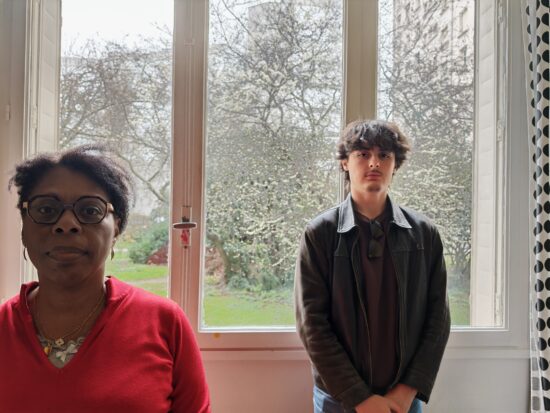

Texture
Honor Magic6 Pro
125
Texture tests analyze the level of details and the texture of subjects in the images taken in the lab as well as in real-life scenarios. For natural shots, particular attention is paid to the level of details in the bright and dark areas of the image. Objective measurements are performed on chart images taken in various lighting conditions from 1 to 1000 lux and different kinds of dynamic range conditions. The charts used are the proprietary DXOMARK chart (DMC) and the Dead Leaves chart.
In our texture tests, the camera captured high levels of detail, especially when shooting in daylight. However, it did not quite match the very best in class, such as the Huawei Mate 60 Pro+, the Apple iPhone 15 Pro Max or the Oppo Find X7 Ultra. The main point of criticism is the Honor’s unnatural rendering of detail in faces.

Noise
Honor Magic6 Pro
117
Noise tests analyze various attributes of noise such as intensity, chromaticity, grain, structure on real-life images as well as images of charts taken in the lab. For natural images, particular attention is paid to the noise on faces, landscapes, but also on dark areas and high dynamic range conditions. Noise on moving objects is also evaluated on natural images. Objective measurements are performed on images of charts taken in various conditions from 1 to 1000 lux and different kinds of dynamic range conditions. The chart used is the Dead Leaves chart and the standardized measurement such as Visual Noise derived from ISO 15739.
Like previous Honor flagship devices, the Magic6 Pro did very well at managing image noise, achieving outstanding results in this category. Some slight noise was noticeable when shooting in low light, but in brighter conditions, images were mostly noise-free.

Artifacts
Honor Magic6 Pro
82
The artifacts evaluation looks at lens shading, chromatic aberrations, geometrical distortion, edges ringing, halos, ghosting, quantization, unexpected color hue shifts, among others type of possible unnatural effects on photos. The more severe and the more frequent the artifact, the higher the point deduction on the score. The main artifacts observed and corresponding point loss are listed below.
Only very few artifacts were noticeable in our Magic6 Pro sample shots. However, in high-contrast scenes, the extensive use of HDR fusion algorithms could lead to ghosting and other fusion artifacts.
Bokeh is tested in one dedicated mode, usually portrait or aperture mode, and analyzed by visually inspecting all the images captured in the lab and in natural conditions. The goal is to reproduce portrait photography comparable to one taken with a DLSR and a wide aperture. The main image quality attributes paid attention to are depth estimation, artifacts, blur gradient, and the shape of the bokeh blur spotlights. Portrait image quality attributes (exposure, color, texture) are also taken into account.
When shooting in portrait mode, depth estimation and subject isolation for creating the simulated bokeh effect were very accurate, leaving hardly any artifacts around the foreground subject. In addition, skin tones were a major strength and very natural. The camera was also quite consistent at applying the effect. Unlike previous Honor models, the Magic6 Pro did not display any focus inconsistencies in bokeh mode, making for a nice improvement.
Preview
Honor Magic6 Pro
93
Preview tests analyze the image quality of the camera app's preview of the image, with particular attention paid to the difference between the capture and the preview, especially regarding dynamic range and the application of the bokeh effect. Also evaluated is the smoothness of the exposure, color and focus adaptation when zooming from the minimal to the maximal zoom factor available. The preview frame rate is measured using the LED Universal Timer.
The Magic6 Pro provided a very good preview of the final capture in the camera app, always showing similar face exposure between capture and preview. But when it comes to preview in general, the latest iPhone generation is still very slightly ahead, thanks to better user experience when it comes to zoom. For example, the Honor Magic6 Pro displayed some jumps in the field of view when zooming.
Zoom
Honor Magic6 Pro
169
DXOMARK engineers capture and evaluate over 400 test images in controlled lab environments and in outdoor, indoor, and low-light natural scenes, using the camera’s default settings and pinch zoom at various zoom factors from ultra wide to very long-range zoom. The evaluation is performed by visually inspecting the images against a reference of natural scenes, and by running objective measurements of chart mages captured in the lab under different conditions from 20 to 1000 lux and color temperatures from 2300K to 6500K.
The Magic6 Pro achieved the top score for zoom to date, thanks to very good consistency across pretty much the entire zoom range and excellent repeatability. The quality of the ultra-wide camera stood out especially, delivering the best results of all tested smartphones to date.
The Honor comes with a very large 1/1.4″ image sensor in the tele camera, which contributed to the overall very good tele zoom quality. At closer tele zoom settings (less than 68mm equivalent), the camera sometimes fuses image information from the main and tele camera, which resulted in very good detail at the center of the frame. Image quality was also very good at the tele module’s native 68mm equivalent focal length. However, quality dropped somewhat at long range (> 150mm) where the Honor sometimes rendered detail unnaturally on faces, and some rivals, for example, the Huawei Mate 60 Pro+, managed to provide slightly better quality images. Our testers also found some unnatural detail rendering on faces at long range.

Wide
Honor Magic6 Pro
122
These tests analyze the performance of the ultra-wide camera at several focal lengths from 12 mm to 20 mm. All image quality attributes are evaluated, with particular attention paid to such artifacts as chromatic aberrations, lens softness, and distortion. Pictures below are an extract of tested scenes.
The Honor Magic6 Pro ultra-wide camera comes with a 13mm equivalent (12.8mm measured) focal length, which is one of the widest we have seen. Images showed very high levels of detail, generally accurate target exposure, and dynamic range that was on par with the rivals in its class. Color rendering was mostly accurate as well, but in some scenes, red and blue tones could be slightly too accentuated.

Tele
Honor Magic6 Pro
128
All image quality attributes are evaluated at focal lengths from approximately 40 mm to 300 mm, with particular attention paid to texture and detail. The score is derived from a number of objective measurements in the lab and perceptual analysis of real-life images.
In terms of tele zooming, the Honor did well but could not quite match the best-in-class Oppo Find X7 Ultra, Vivo X100 Pro and Huawei P60 Pro. The levels of captured detail were very high at close and medium tele ranges, even in low light. At tele settings between the primary camera and the tele module, the application of image fusion resulted in additional detail at the center of the frame, when compared to the edges. Tele images showed a wide dynamic range, consistently accurate exposure and generally acceptable color rendering. Thanks to the high 180MP pixel count of the tele module, the Honor managed to preserve fine detail well when zooming digitally in daylight conditions.
The Magic6 Pro’s 68mm long tele range showed some image detail limitations over the Huawei Mate 60 Pro+, which has a long tele range of 90mm.
Video
Honor Magic6 Pro
159
DXOMARK engineers capture and evaluate more than 2.5 hours of video in controlled lab environments and in natural low-light, indoor and outdoor scenes, using the camera’s default settings. The evaluation consists of visually inspecting natural videos taken in various conditions and running objective measurements on videos of charts recorded in the lab under different conditions from 1 to 1000+ lux and color temperatures from 2,300K to 6,500K.
In video mode, the Honor Magic6 Pro is noticeably improved over its predecessor Magic5 Pro, but the Magic6 Pro could not quite match the best-in-class Apple iPhone 15 Pro and Oppo Find X7 Ultra. The Honor provided an overall very good video experience, with good color and color transitions. In addition, exposure was accurate and stable in most test conditions.
Video stabilization effectively counteracted even strong camera motion, for example, when running while recording, but sharpness differences between video frames were noticeable in low-light clips. Video noise was well under control most of the time, but slight noise was often visible on moving subjects, especially in low-light recordings.
Compared to the Oppo Find X7 Ultra, the Honor Magic6 Pro scored slightly lower, mainly because of some occasional loss of local detail and autofocus instabilities, as well as sharpness differences between frames in low light.
Please note that, unlike the Magic5 Pro, the new device records HDR format video at default settings. A compatible display is required to view the Magic6 Pro’s video output in this proprietary format.

Exposure
Honor Magic6 Pro
116
Exposure tests evaluate the brightness of the main subject and the dynamic range, eg. the ability to render visible details in both bright and dark areas of the image. Stability and temporal adaption of the exposure are also analyzed.
Magic6 Pro video clips showed good dynamic range, which was on par with the iPhone 15 Pro Max and other top-end devices. In addition, contrast was good, and faces were well-exposed. Compared to the iPhone, the Honor showed slightly more exposure instabilities in indoor conditions.

Color
Honor Magic6 Pro
120
Image-quality color analysis looks at color rendering, skin-tone rendering, white balance, color shading, stability of the white balance and its adaption when light is changing.
Video color rendering was pleasant, with generally accurate skin tones and quite saturated colors, which is typical for Honor phones. Color adaptations were nice and smooth.

Autofocus
Honor Magic6 Pro
120

Texture
Honor Magic6 Pro
118
Texture tests analyze the level of details and texture of the real-life videos as well as the videos of charts recorded in the lab. Natural video recordings are visually evaluated, with particular attention paid to the level of detail in the bright areas as well as in the dark ones. Objective measurements are performed of images of charts taken in various conditions from 1 to 1000 lux. The charts used are the DXOMARK chart (DMC) and Dead Leaves chart.
The Honor Magic6 Pro delivered a good trade-off between texture preservation and noise reduction in video mode but lagged slightly behind the Oppo Find X7 Ultra.

Noise
Honor Magic6 Pro
120
Noise tests analyze various attributes of noise such as intensity, chromaticity, grain, structure, temporal aspects on real-life video recording as well as videos of charts taken in the lab. Natural videos are visually evaluated, with particular attention paid to the noise in the dark areas and high dynamic range conditions. Objective measurements are performed on the videos of charts recorded in various conditions from 1 to 1000 lux. The chart used is the DXOMARK visual noise chart.

Stabilization
Honor Magic6 Pro
119
Stabilization evaluation tests the ability of the device to stabilize footage thanks to software or hardware technologies such as OIS, EIS, or any others means. The evaluation looks at residual motion, smoothness, jellow artifacts and residual motion blur on walk and run use cases in various lighting conditions. The video below is an extract from one of the tested scenes.
Video stabilization was very effective for both walking and running motion, with performance mostly on par with the best-in-class Apple iPhone 15 Pro Max. Sharpness differences between frames were, however, slightly visible in low-light conditions, which resulted in a slightly lower score than the Apple in this category.

Artifacts
Honor Magic6 Pro
86
Artifacts are evaluated with MTF and ringing measurements on the SFR chart in the lab as well as frame-rate measurements using the LED Universal Timer. Natural videos are visually evaluated by paying particular attention to artifacts such as aliasing, quantization, blocking, and hue shift, among others. The more severe and the more frequent the artifact, the higher the point deduction from the score. The main artifacts and corresponding point loss are listed below.


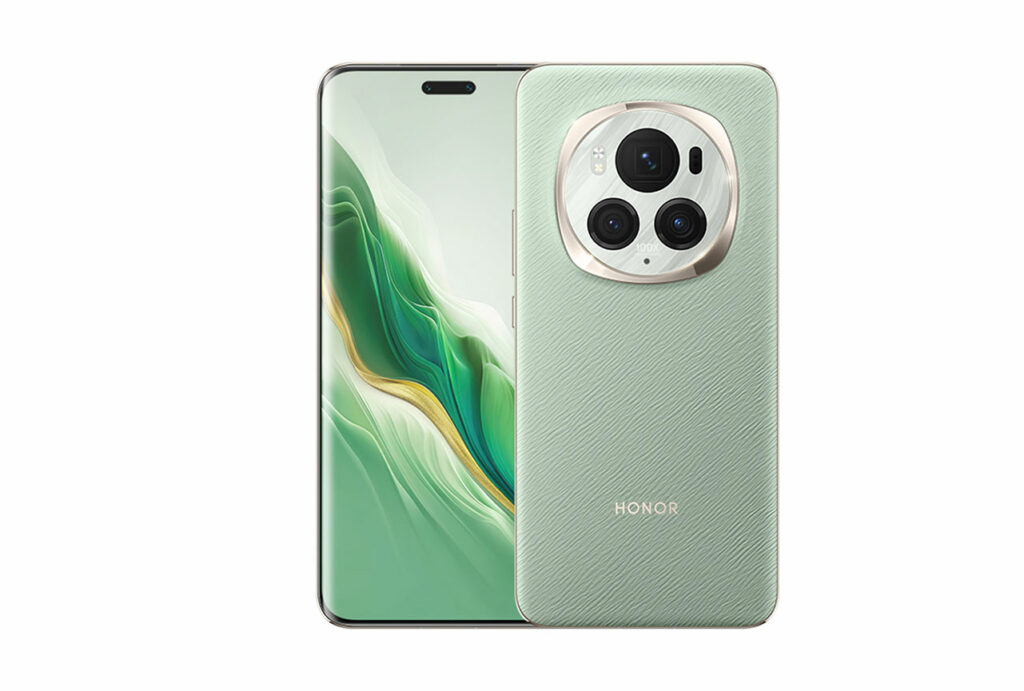


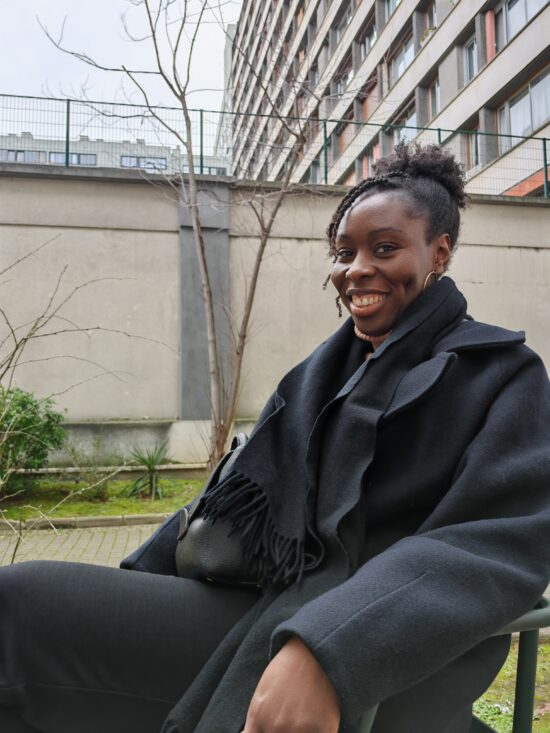





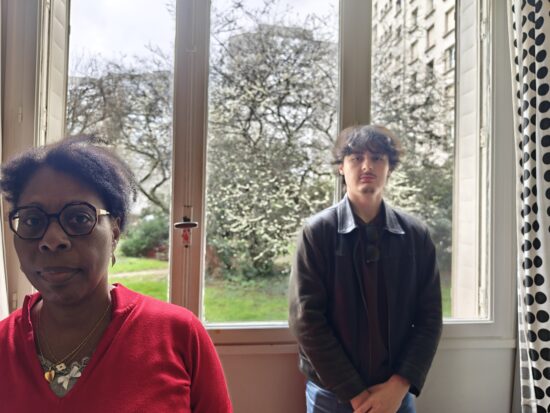





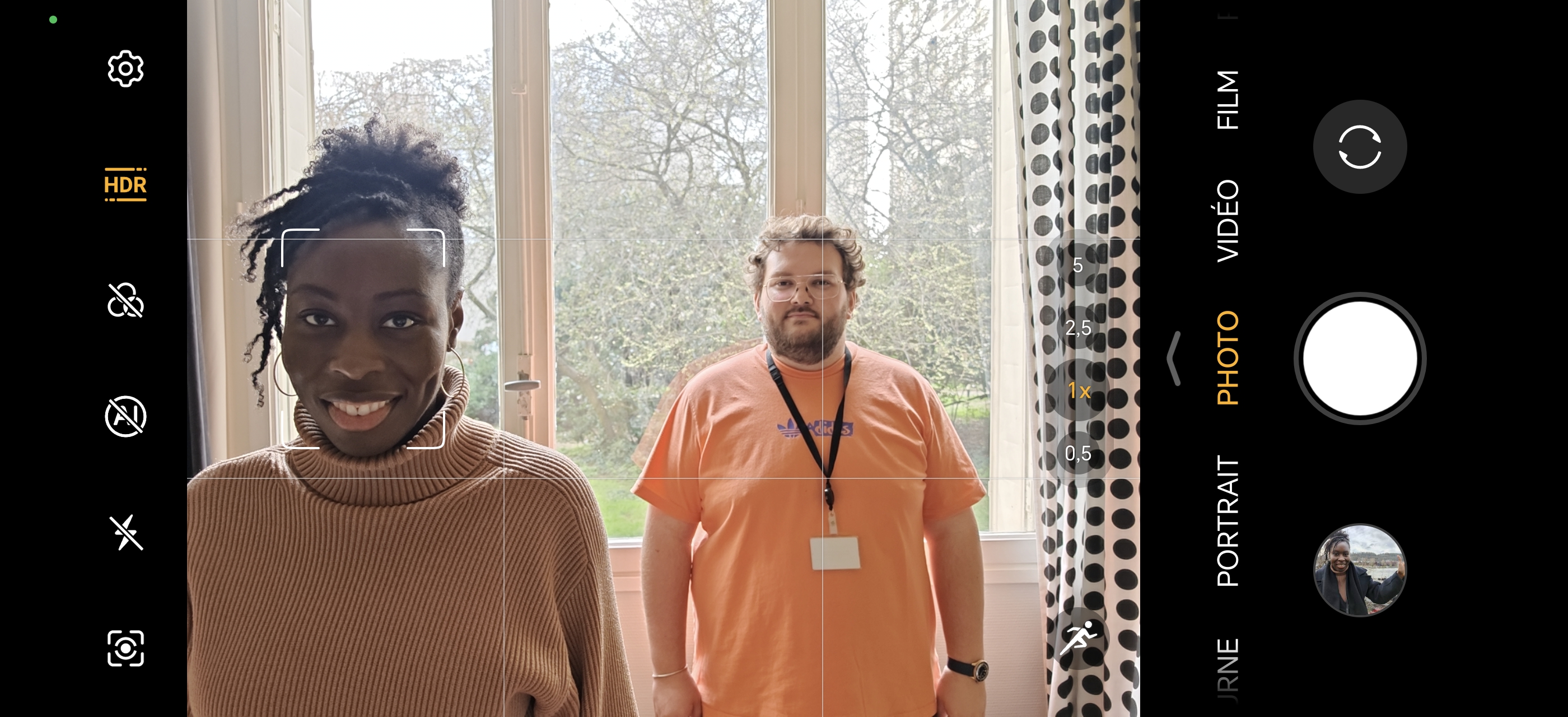
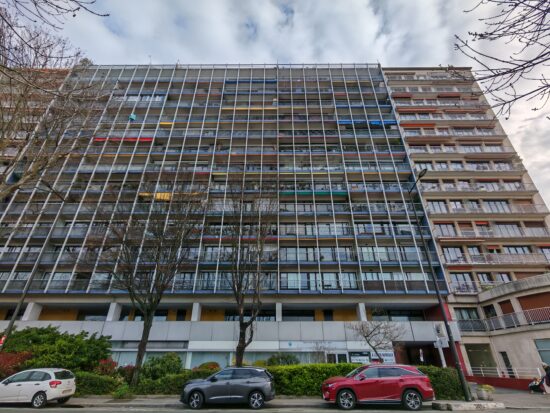
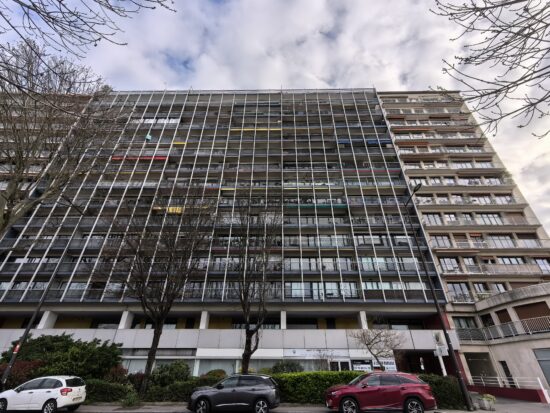


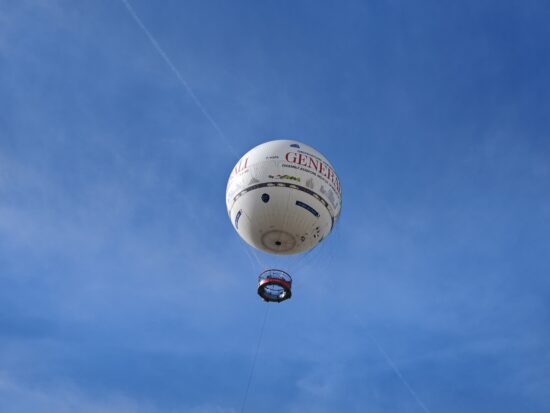
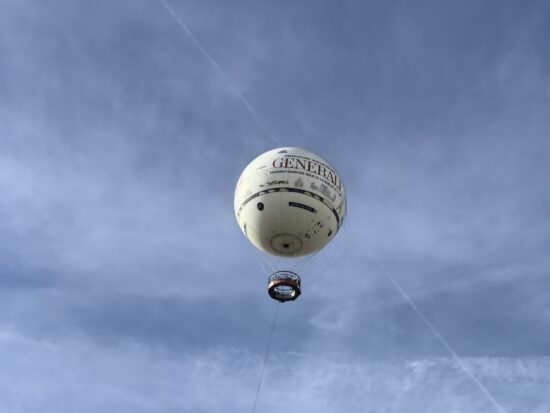

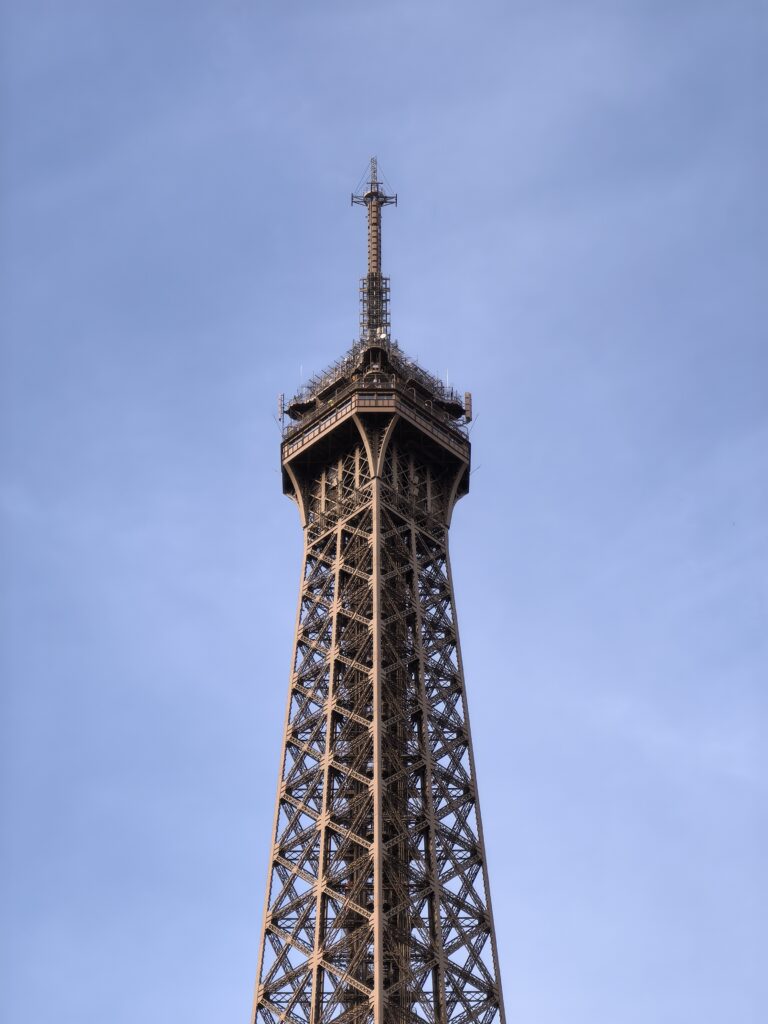
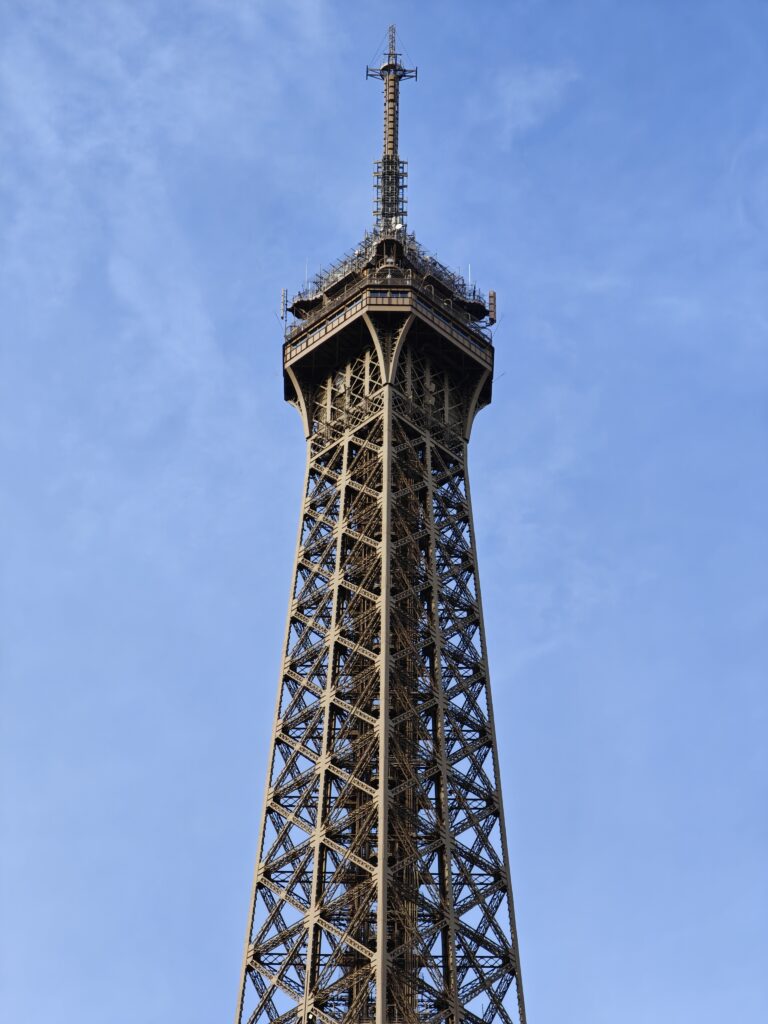
DXOMARK encourages its readers to share comments on the articles. To read or post comments, Disqus cookies are required. Change your Cookies Preferences and read more about our Comment Policy.